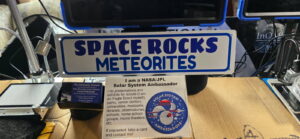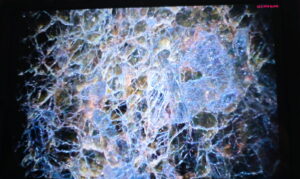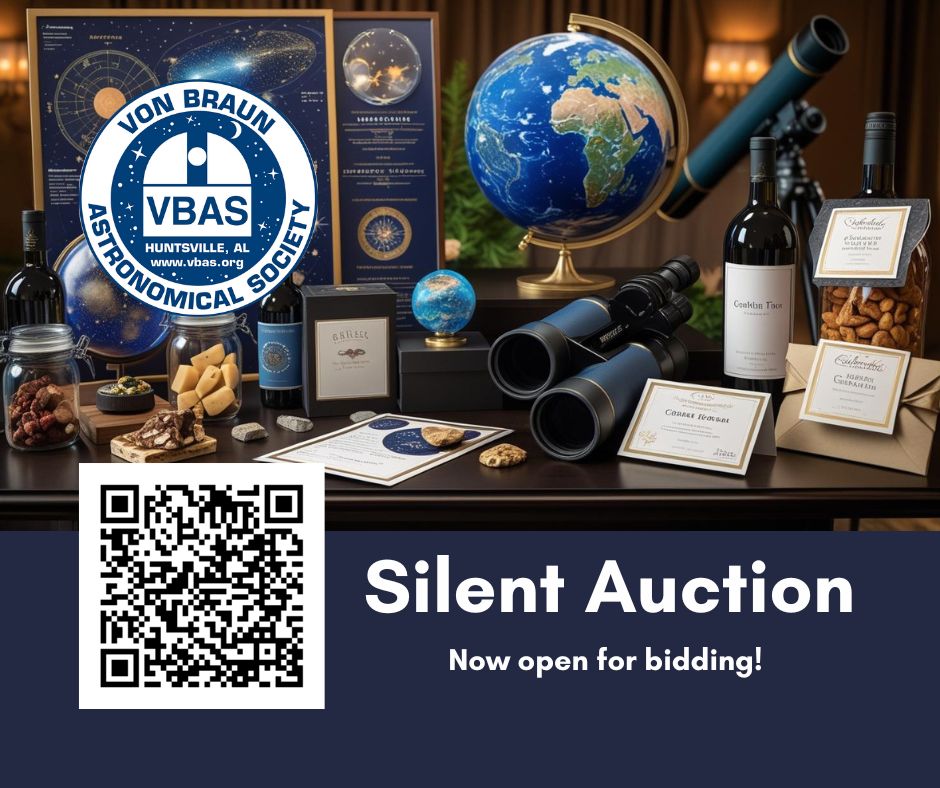All planetarium shows begin at 7:30pm.
Admission opens at 7:00pm; $5/adult, $3/student, 6 and under free.
Telescope viewing afterwards on clear nights.
December 6th – Star of Wonder
What was the star that the Magi saw? Join VBAS educator Beth Bero for this family-friendly program that explores the history, science and wonder of a special star. Followed by a look at our current night sky under the planetarium dome.
Presented by Beth Bero
December 13th – Star of Wonder
VBAS actors tell the Christmas Story told from the perspective of the three wise men. The journey the wise men took that first Christmas comes to life as they detail their quest to find the Christ Child and answer a very basic question: what could cause that star to shine so brightly? Children 12 and under will receive a goodie bag of toys and candy.
Presented by Don Reed, Jared Cassidy and Tom Burlington
December 20th – Star of Wonder
VBAS actors tell the Christmas Story told from the perspective of the three wise men. The journey the wise men took that first Christmas comes to life as they detail their quest to find the Christ Child and answer a very basic question: what could cause that star to shine so brightly? Children 12 and under will receive a goodie bag of toys and candy.
Presented by Don Reed, Jared Cassidy and Tom Burlington
December 27th – Standing Stones and Sungazers
In recognition of the Winter Solstice we will explore how we believe ancient civilizations marked the passage of the year through monuments, monoliths and markers and learn about the astronomical causes of all the motions.
Presented by Alex Hall







